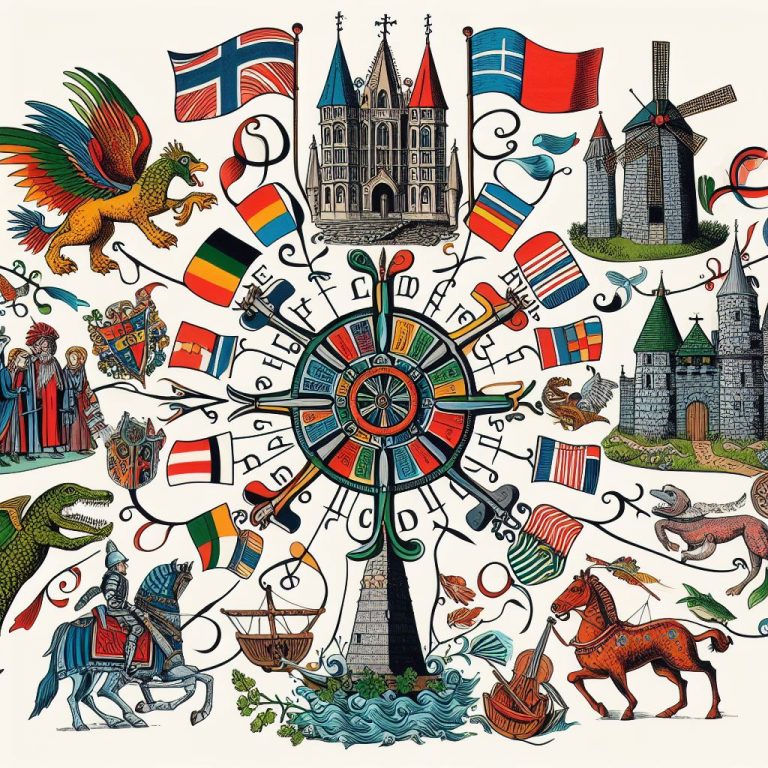Language in the Middle Ages

Frank Reiser
Categories
Language in the Middle Ages was different from that of today. A correct reconstruction is difficult on the one hand, and on the other hand it doesn’t really make sense – most of us probably no longer understand the spoken Low German from the Middle Ages.
It is difficult because there are hardly any texts in Low German from the period. What’s more, even if we have corresponding texts, we cannot be sure how they will be pronounced. There is no standardized spelling, grammar or even spoken language.
Sound archaeologist Mylène Pardoën deliberately refrained from reconstructing the language in her project – How did Paris sound in the 18th century?
"Nobody knows what French was spoken in Paris at the time. We know the written French, but not the dialects. Many people spoke their native dialects. It is also questionable how loudly they spoke. Until I find evidence, I don't dare to reconstruct language."
Mylène Pardoën


Language in the “Kiel 1242” project
But language is an essential aspect of my project. For this reason, I have to make a compromise.
I can assume that they mainly speak Low German. The educated upper classes and the clergy probably also used Latin. I will also consider Danish.
Contrary to my expectations, nobody speaks Friisk – North Frisian – in Kiel in the Middle Ages. I found this out in an exchange with the Nordfriisk Instituut.
Although Kiel is a member of the Hanseatic League, English, French and Spanish are not really relevant – Kiel is too insignificant as a trading partner and these languages were not yet as important and widespread in the Middle Ages as they are today.
The project – like this website – will be available in the following languages: German, Low German, Latin, Danish, English, French and Spanish. However, in today’s spelling, grammar and pronunciation.
Speech synthesis with AI
I have already explained in my article on artificial intelligence why the “Kiel 1242” project can only be realized with the use of AI.
With the Elevenlabs tool, I can generate most of these languages automatically and in relatively good quality at very low cost. Another advantage is the large number of speakers I can choose from.
In this way, I can ensure that a wide variety of sounds and languages can be realized in the project. I hope Madame Pardoën won’t hold it against me.
Using the iClone program from Reallusion and its integrated LipSync function, I was able to create a largely lip-synchronous animation.
